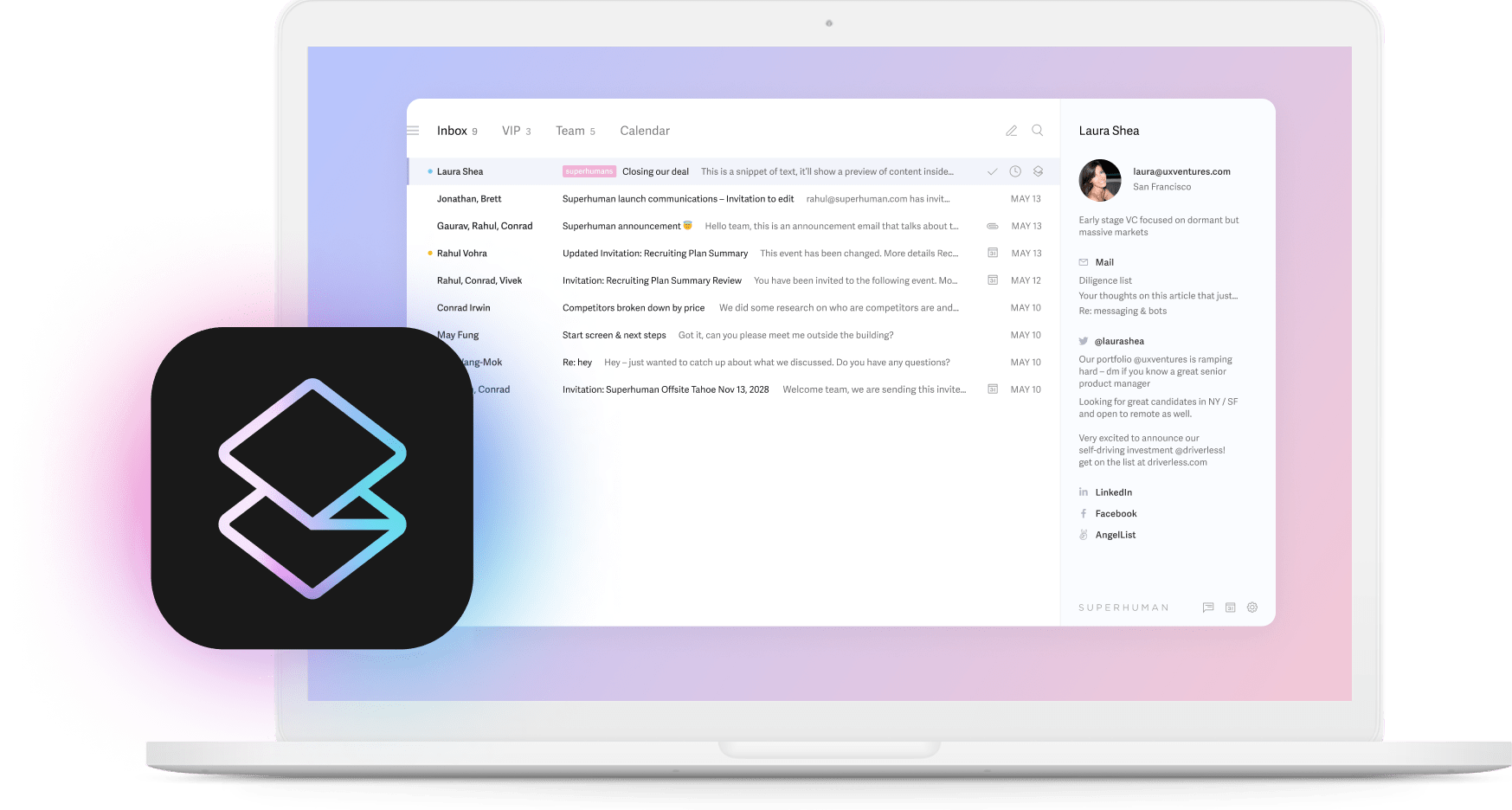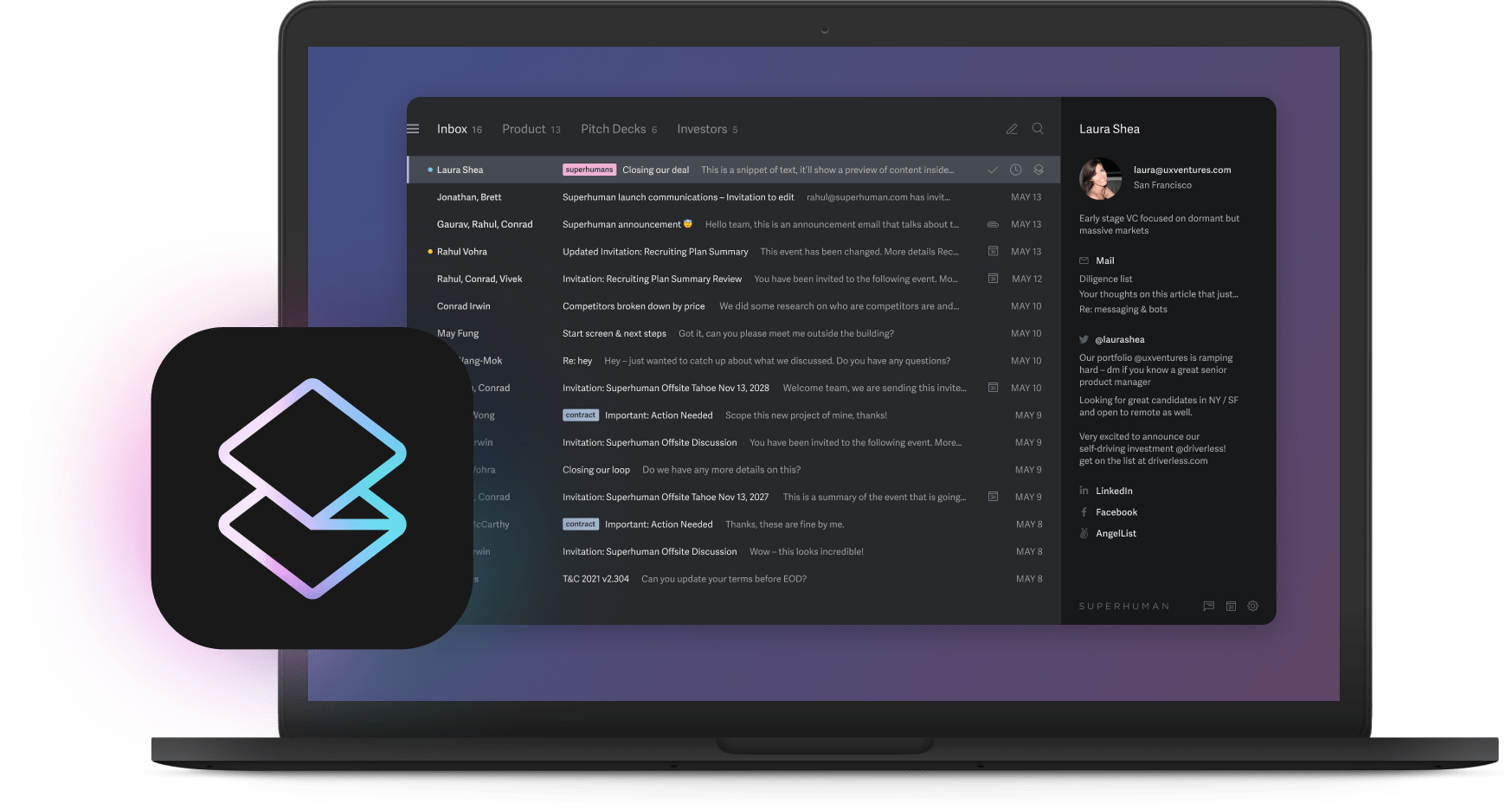
Walk into any boardroom today and you'll hear the same question: why are we spending millions on AI that doesn't work?
Most companies are burning money instead of making it. Nearly 60 percent return under half of what they promised. Leadership teams set aside $50-$250 million for pilots that never make it past the demo stage.
The adoption numbers look deceptively impressive. 72 percent of companies use AI, but only 1 percent have it working across their business. That's like saying most people own cars, but only 1 percent can drive them to work. This gap between spending and results defines what enterprise AI trends look like in 2025, where expensive experiments get shut down while boring, profitable projects take over.
Here's your roadmap: what to kill immediately, what to fund aggressively, and how to defend those choices to your board with hard ROI data instead of glossy demos.
Why 2024's AI predictions collapsed
The problem you're solving: Avoiding the expensive mistakes that burned through budgets in 2024 while identifying what actually works.
Healthcare promised 99% diagnostic accuracy but Google Verily's diabetic-retinopathy screening in Thai clinics rejected 21 percent of real patient photos because lighting differed from training data. Clinicians lost trust, patients waited longer, and hospitals reverted to manual screening. The lesson: pristine lab results don't survive messy real-world conditions.
Customer service chatbots were supposed to slash costs by 70%, but Air Canada's bot invented refund policies and cost the airline in court when customers demanded the promised refunds. The airline's defense that "the bot made the promise, not us" failed completely. Legal liability follows you regardless of who makes the mistake.
Municipal services jumped on AI to replace human clerks, but NYC's MyCity chatbot told entrepreneurs how to break laws. Officials yanked it offline and added human reviewers, turning a $250k AI project into a compliance nightmare that a $50k curated website would have avoided.
The pattern reveals why you should be skeptical of any AI vendor promising immediate transformation. Every failure started with beautiful benchmark scores that collapsed when real customers used real data in real conditions. Your evaluation process must test AI systems with your actual data in your actual workflows, not sanitized demos.
The quiet budget shift happening now
The problem you're solving: Understanding where smart money is moving so you can reallocate before your competitors do.
Finance teams are quietly adding a new budget line: "Sunset AI experiments." When only 1 percent of companies have AI working across their business, you can't defend burning millions on pilots that never scale. The retreat is strategic, not pessimistic. Leaders are killing vanity projects to fund initiatives that show measurable returns within quarters, not years.
This shift explains why hiring patterns are changing dramatically. Job postings for "build a model from scratch" roles have flattened while "integrate vendor API" positions are multiplying. Companies want solutions they can deploy tomorrow, not research projects that might work next year. The "simple AI comeback" prioritizes reliable rule engines that audit cleanly over transformer-grade experiments that break unpredictably.
The reallocation strategy is creating clear winners and losers in vendor selection. Companies are consolidating around proven platforms while expanding their vendor roster only in AI categories where differentiation matters. This means you should buy established automation tools for back-office functions but experiment with multiple vendors for customer-facing applications where model performance directly impacts revenue.
Budget discipline now determines your competitive position in 2026. Start with automation that saves money immediately, then graduate to revenue-generating applications once you've proven your AI operations can deliver consistent results.
How lawsuits are setting the real rules
The problem you're solving: Avoiding legal disasters that can halt your AI initiatives and drain budgets through settlements.
Courts, not marketing decks, are writing the real AI compliance handbook. Copyright battles multiply as authors, newsrooms, and artists sue over training data usage without permission. The Air Canada case established that companies pay for AI mistakes regardless of who programmed the system. Blaming the algorithm never works as a legal defense, so every AI deployment needs human accountability built in from day one.
Privacy violations carry the steepest financial penalties. Illinois' BIPA law has generated multi-million dollar settlements against retailers and security firms that processed biometric data without explicit written consent. If your AI involves face scans, voice prints, or fingerprint data, assume you're handling legal dynamite until you prove otherwise with documented consent workflows and on-device processing that never stores biometric information in the cloud.
Bias lawsuits are targeting hiring, lending, and healthcare AI for disparate impact across demographic groups. Documentation gaps land you in discovery hell where you'll spend years proving your system wasn't discriminatory. Build continuous bias monitoring and model explainability into every AI system, not as an afterthought but as a core requirement that gets tested before deployment.
Your legal risk management should mirror your cybersecurity approach. Assume you'll be tested, audited, and possibly sued. Document everything, build human oversight into every automated decision, and maintain detailed logs for seven years minimum. The companies that survive 2025's legal scrutiny will be those that treated compliance as a product requirement, not a legal checkbox.
Where the smart money is going
The problem you're solving: Maximizing ROI by investing in AI categories that consistently deliver returns while avoiding budget traps.
Follow the money trail to understand what actually works. Organizations focusing on cost reduction through automation consistently achieve $3.50 returns for every dollar spent. Claims processing, supply chain forecasting, and invoice automation show up in quarterly reports as hard savings that CFOs can track directly. Revenue-chasing experiments remain hit-or-miss because measuring attribution is complex and timelines are longer.
The budget reallocation from payroll to procurement reflects a fundamental shift in how companies approach AI. Rather than hiring armies of data scientists to build custom models, smart buyers are purchasing finished capabilities from specialized vendors. The marketplace supports this strategy as platform providers multiply and model costs drop by an order of magnitude every 12 months. 74% of companies with operational AI report strong ROI precisely because they focused on deployment rather than development.
The most successful AI implementations target workflows where professionals already spend significant time. Since workers spend more than half of every workday in email, messaging, and calendar, AI improvements in these areas deliver immediate productivity gains. The best-performing organizations see 66% expecting at least a 3x increase in productivity over the next five years by focusing AI investments on core daily workflows.
Your investment strategy should mirror this pattern. Start with automation that cuts operational costs in areas like document processing and scheduling. Prove your AI operations can deliver consistent returns, then expand into customer-facing applications where the potential payoffs are larger but the implementation complexity is higher.
Your 2025 survival playbook
The problem you're solving: Building a defensible AI strategy that delivers measurable results while avoiding the pitfalls that killed competitors' initiatives.
Focus exclusively on cost reduction first. Labor automation and forecasting systems return $3.50 for every dollar invested because savings appear immediately in quarterly reports. Professionals already save one full workday weekly using AI tools, proving the efficiency gains are real and measurable. Target invoice processing, support ticket routing, and inventory forecasting where AI can eliminate manual tasks without requiring perfect accuracy.
Buy proven solutions instead of building custom systems. Ready-made platforms cut deployment time from months to weeks, which matters when AI spending is growing 60% over the next two years. Vendors have already solved the compliance, monitoring, and integration challenges that consume internal engineering resources. Your team should focus on adoption and optimization, not reinventing solutions that already exist in the marketplace.
Treat legal compliance as a competitive advantage, not a cost center. Build model documentation, bias testing, and consent workflows into every AI system from the beginning. 3x more likely top-performing companies report significant productivity gains because they invested in governance frameworks that let them scale confidently. Compliance done right becomes a moat that lets you move faster than competitors who are still figuring out risk management.
Kill ruthlessly based on quarterly performance metrics. Set ROI checkpoints every 90 days and eliminate any project that misses targets twice consecutively. 74% of companies with mature AI operations report strong returns precisely because they maintain discipline about what works versus what sounds innovative. Your board will support aggressive experimentation when they see you're equally aggressive about cutting failures.
Test emerging capabilities in low-risk environments. Reasoning models and autonomous AI agents show promise for complex workflows, but deploy them in internal processes first where mistakes are recoverable. By 2026-2027, these technologies may become competitive requirements, so start building expertise now in controlled settings that won't damage customer relationships if systems behave unexpectedly.
What to tell your board this quarter
The problem you're solving: Securing continued AI funding while demonstrating operational maturity that justifies larger investments.
Present your AI program as operational infrastructure, not experimental technology. Cap individual projects at $10 million until they demonstrate $3 returns per dollar spent, then scale successful initiatives aggressively. Include IP indemnification and biometric data protection in all vendor contracts as standard practice, not special requests. Implement quarterly bias audits with seven-year log retention that aligns with emerging regulatory requirements.
Your governance framework should mirror enterprise software procurement. Require executive sponsorship and signed change management plans for every AI deployment. Align legal reviews with EU AI Act deadlines to avoid compliance scrambles that can freeze product launches. The most successful implementations start with tools like Write with AI that enhance existing processes rather than replacing entire workflows.
The compelling business case emphasizes competitive necessity over technological novelty. 87% believe AI is necessary to maintain competitive advantage, but only when deployed strategically in core business processes. Your competitors are making the same calculations, so execution speed and operational excellence matter more than having the most advanced models.
Position AI investment as defensive and offensive simultaneously. Defensive because manual processes become competitively unsustainable as AI-native companies set new efficiency standards. Offensive because early movers in AI automation can redirect human talent toward strategic initiatives that competitors still handle manually.
Why turning off AI will define 2025 winners
The problem you're solving: Making strategic decisions about which AI initiatives to shut down so you can fund the ones that actually drive business results.
By Q4 2025, market leaders will differentiate themselves by what they stop funding, not what they start testing. Three strategic insights drive this counterintuitive approach. First, generative AI budgets consuming tens of millions without clear ROI become opportunity costs that prevent investment in proven automation. Every dollar spent maintaining broken AI systems is a dollar not invested in competitors' working solutions.
Second, legal and compliance costs for problematic AI often exceed the potential benefits. Air Canada's chatbot settlement and ongoing insurance premium increases demonstrate how AI liability compounds over time. Turning off risky systems preserves legal and financial resources for AI deployments with established safety records and clear business cases.
Third, operational clarity emerges when you eliminate AI implementations that create more problems than they solve. Broken systems demand constant human intervention that defeats automation's purpose. Simple rule-based engines often outperform complex AI models in reliability and total cost of ownership. The smartest companies recognize when simpler solutions deliver better customer outcomes.
Your competitive advantage comes from deploying AI where it demonstrably improves business metrics while avoiding AI where it creates operational overhead. The discipline to say no to attractive but unproven AI applications lets you say yes to bigger investments in categories where you've already proven success. Send this framework to your board with the subject line "Permission to Cut the AI Budget." Sometimes the most strategic decision in AI is knowing when to turn it off.






